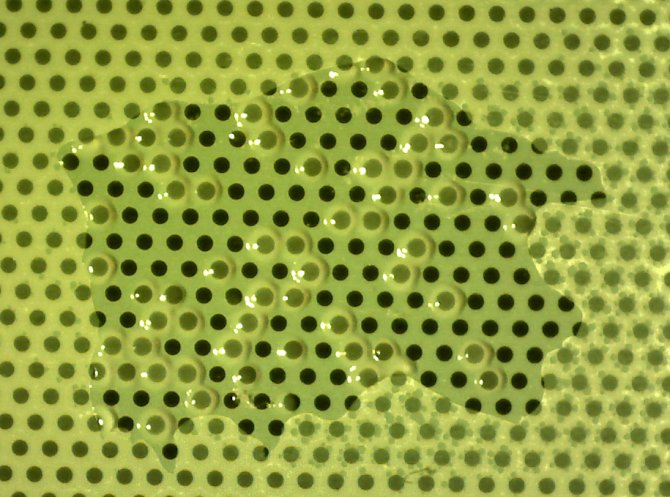Thesis subject
Using a novel cultivation technique to separate syntrophs
Not even 1% of the anaerobic microorganisms in nature have been cultured, yet. Microorganisms live in mixed communities and interact with each other in many ways. When the product of one is the substrate of the other, their interaction is called syntrophy. Many micro-organisms cannot be cultured separately, yet, but with the MicroDish, micro-colonies can be grown while they are not in contact with the agar.
Goals
- Try if strict syntrophs can grow separated by the MicroDish Culture Chip
- Isolate syntrophic bacteria from mixed communities
Techniques
- Working with an anaerobic chamber
- Cultivation of strict anaerobes
- Gas Chromatography
- Working with the MicroDish Culture Chip
Colony PCR & Sequencing

Microorganisms
You will test growth of different syntrophic microorganisms. Formate produced by a glucose fermenting Escherichia coli can be used by methanogenic Archaea such as Methanospirillum hungatei. Syntrophobacter fumaroxidans can only use propionate when the hydrogen and formate concentrations are kept low by Methanospirillum hungatei. Pelotomaculum schinkii also uses propionate in syntrophic relation with Methanospirillum hungatei, but is not able to grow on any substrate in pure culture. Mixed communities from different anaerobic environments are available at the Laboratory of Microbiology that can be used to isolate new syntrophic strains from.
Time period
This work is ideally performed from September 2015 – February 2016. But don´t hesitate to contact for other possibilities or further information.
Contact
Supervisors: Dr. Petra Worm, Prof. Fons Stams & Prof. Hauke Smidt